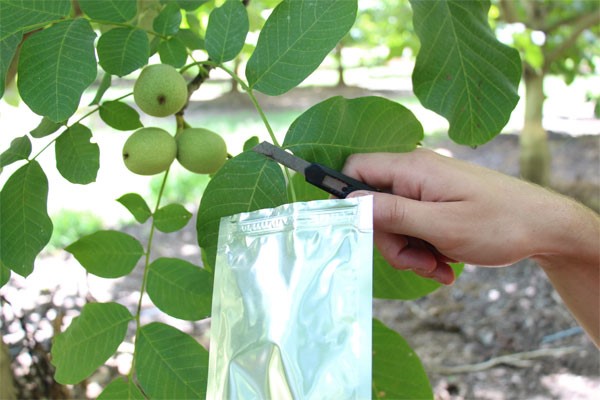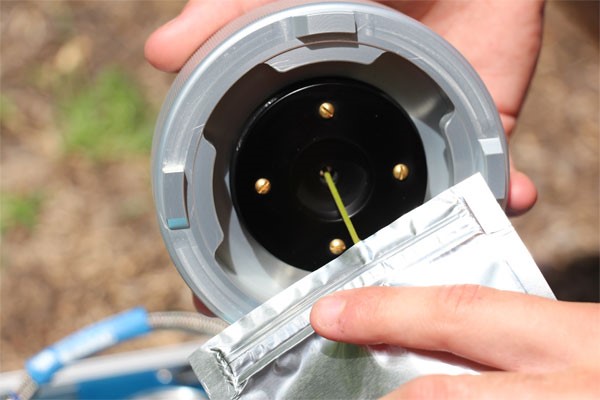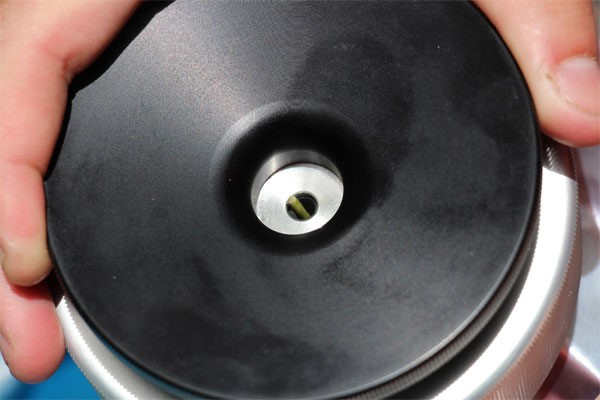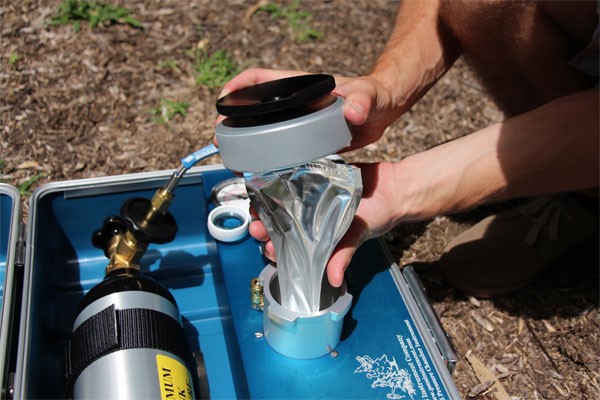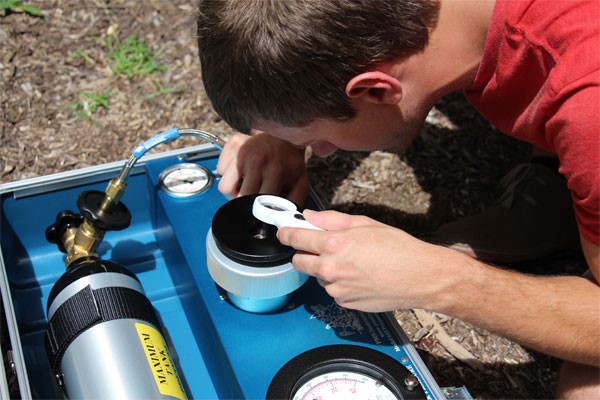walnut leaf water potential
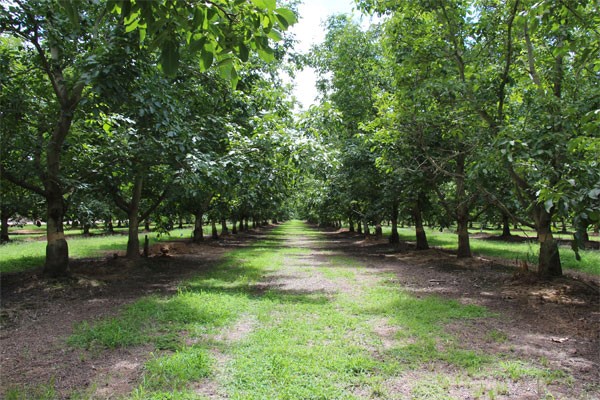 The Model 600, Model 615 or Pump Up Chambers can be used to measure the leaf water potential of walnuts. This is an ideal approach for growers and irrigation managers to monitor and control optimal irrigation levels for walnut trees.
The Model 600, Model 615 or Pump Up Chambers can be used to measure the leaf water potential of walnuts. This is an ideal approach for growers and irrigation managers to monitor and control optimal irrigation levels for walnut trees.
For more information or clarification on any point, please contact us.
external resources
- Walnuts – The Almond Doctor. (Walnuts too!) A wealth of knowledge including information about irrigation scheduling. Contributing authors, David Doll, Franz Niederholzer, Roger Duncan, Brent Holtz, Brad Hanson, Joe Connell and Allan Fulton.
- Walnuts – UC Drought Management on Walnut
- Walnuts – Using plant based measurements to refine irrigation scheduling in Walnut., Bruce Lampinen (Dept of Pomology, UC Davis)
- Walnuts – University of California Fruit and Nut Research Center – Walnut Research Reports. This is a wealth of information on walnuts!
a video on how to measure walnut leaf water potential
how to measure walnut leaf water potential
When selecting a tree from an irrigation block, choose a tree that is a good representative of the block. Choose a tree that is in good condition.
The tree should be at least 3-4 rows from the outside of the orchard. This will ensure a good representative of the irrigation block. Trees on the edge of the orchard normally have additional stress on them due to more exposed canopy.
Select a leaf from the lower canopy and close to the trunk of the tree. The leaf should be on the shady side of the tree. Should be an established limb, not new growth. A terminal leaf as shown in the picture below is a good sample as it has no holes, rot or problems.
Place the leaf into a Stem Water Potential Bag. Close the top of the bag.
The bag should stay on the leaf for at least 15 minutes. You can go throughout the whole orchard and put on all the bags first, then come back and make the readings. It is OK to put the bags on earlier in the morning and then come back for sampling in the afternoon (12:30-2:30 PM Pacific Time) – Normally 1 or 1.5 hours each side of “solar noon”.
Using a knife or razor blade, cut the petiole (stem) of the leaf. The Pressure Chamber should be ready to move the sample immediately into the chamber. Slide the petiole into the bottom of the chamber.
Tighten the petiole in place by twisting the “Compression Gland Ring” clockwise and tightening the gasket down onto the petiole.
Place the leaf and bag together into the chamber. It is OK to roll and bend the bag/leaf. Try not to crease the leaf.
Proceed to take a measurement, being careful to watch the xylem of the petiole for when water comes out. Note the pressure at this point and that is the leaf water potential.


